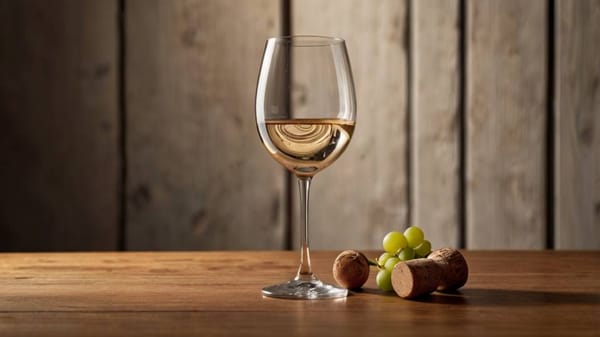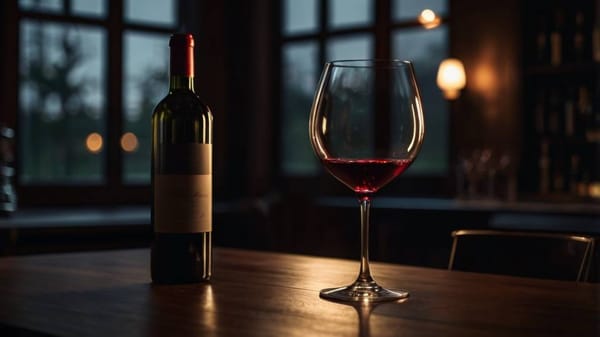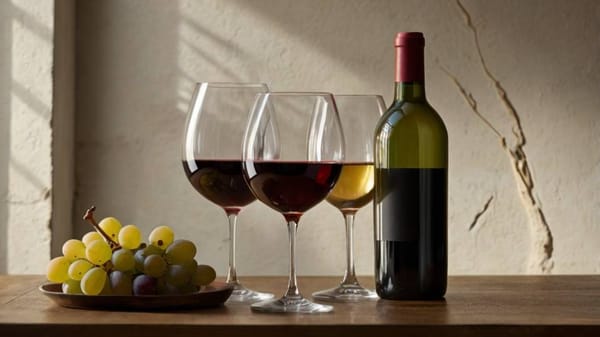The Role of Temperature in Tasting
Learn how wine temperature transforms flavor, aroma, and texture. Master this simple skill to serve and enjoy every bottle with confidence.
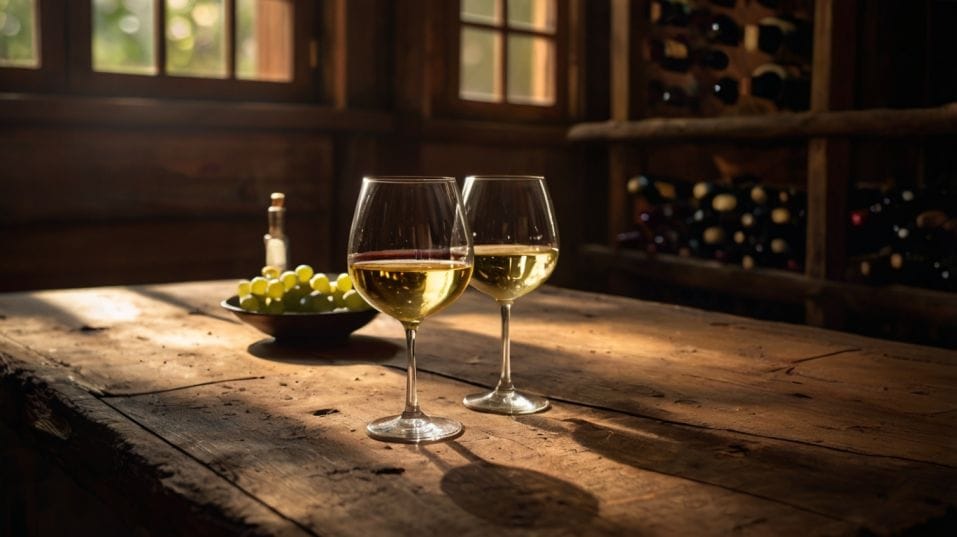
Ever wonder why the same wine can taste flat one day and electric the next? The answer might be simpler than you think: temperature. It's not just technical—it’s the hidden dial that shapes aroma, texture, and flavor.
Serve it wrong, and even great wine underdelivers. But get it right? Suddenly everything clicks. For anyone early in their wine journey, this is one of the smartest, simplest tools to master.
Temperature Isn’t Technical—It’s Transformational
When you start to care about wine, it’s easy to get caught up in the story: region, vintage, grape variety. But long before those details matter, temperature decides how much of the wine you actually taste.
It doesn’t change the wine itself, but it changes how your senses receive it. Aromas become more or less expressive. Acidity feels sharper or softer. Alcohol can either integrate or overwhelm.
Think of it like lighting in a room. The wine is already there, but the right temperature turns the dimmer switch until you can see everything with more focus.
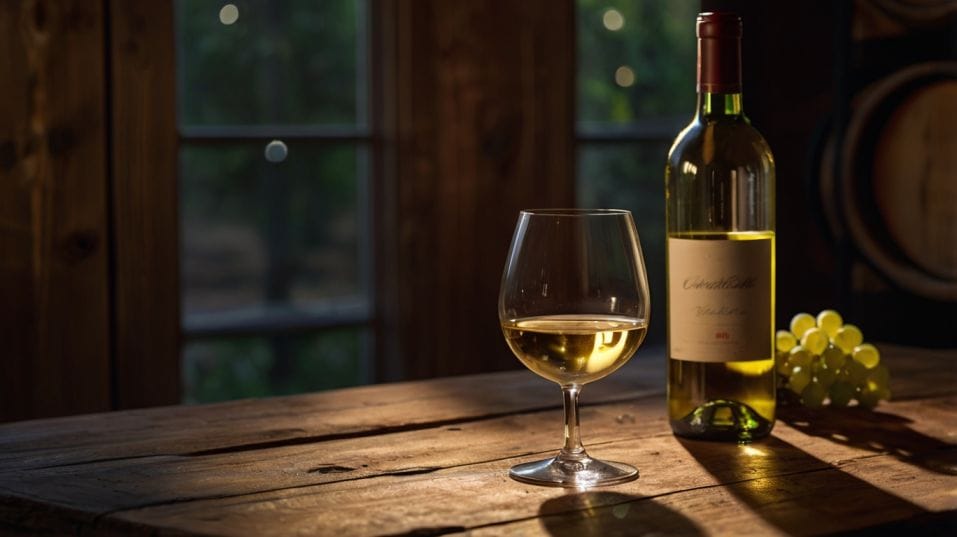
How Cold or Warm Affects What You Taste
Let’s start with cold. When a wine is chilled, the chemical volatility of aromatic compounds slows down. In simple terms: cold suppresses scent.
That’s why overly chilled whites often taste “neutral,” even if they’re aromatic wines by nature. The fruit, floral, or herbal notes get muted.
Acidity, however, stands out—so cold can sharpen a white wine or rosé when done right. But too much, and it risks feeling skeletal.
On the flip side, warmer temperatures amplify aroma—but also alcohol. That’s why room-temp reds sometimes smell jammy or feel flabby and hot.
Warmth softens tannins and can make a wine seem fuller-bodied, but past a certain point, it dulls structure and balance.
In between these extremes is a “showcase range”—a narrow window where the wine’s traits harmonize. Whites often shine between 45–55°F.
Reds tend to hit their stride between 55–65°F, depending on style and body. But don’t get stuck on numbers. What matters more is tuning into how the wine behaves.
Adjusting by Wine Style
Here’s how temperature plays out across different wine styles—without turning this into a checklist, just a lens to help you read the wine better:
Light Whites & Rosés
Wines like Pinot Grigio, Vermentino, or dry rosé are built around freshness. They do well with a chill, especially when you want them bright and thirst-quenching.
But take them out of the fridge a few minutes early and you’ll catch more nuance—floral edges, citrus oils, or subtle savory notes.
Aromatic Whites
Riesling, Gewürztraminer, or Muscat don’t need to be ice-cold to be refreshing. In fact, chilling them too much flattens their perfume. Let them warm up slightly in the glass and they’ll come alive with spice, stone fruit, and lift.
Textured Whites & Orange Wines
If you're drinking barrel-aged Chardonnay or skin-contact whites, colder temps can mask their depth.
These wines often show best closer to cellar temp (50–55°F). A little warmth lets their layers unfold—creaminess, phenolic grip, and umami tones.
Lighter Reds
Pinot Noir, Gamay, or cool-climate Grenache thrive with a light chill, especially if they’re fruit-driven or have soft tannins.
Even 15 minutes in the fridge can tighten their structure and refresh the palate. This is especially helpful when pairing with food.
Structured Reds
Bordeaux blends, Barolo, Syrah—these wines have backbone. Serve them too warm and they can taste syrupy or alcoholic.
Slightly cooler temps (around 60°F) preserve their definition, letting the tannins do their job without dominating the mouthfeel.
How to Take Control—Without Any Gear
You don’t need gadgets or a wine fridge to manage temperature. A regular refrigerator and a bit of timing are enough. Here’s how real-world drinkers handle it:
- If the white wine is too cold (straight from the fridge), let it sit out for 10–15 minutes before serving. Taste it again after a few sips—flavor should blossom as it warms in the glass.
- If a red feels heavy or overly alcoholic, cool it down for 10 minutes in the fridge before pouring. Or give it a quick ice bath if you're in a hurry. You'll often find more freshness, clearer fruit, and better tension.
- Taste actively. When you're trying a new bottle, notice how it evolves across temperature. Swirl, sip, wait. Use your hands to warm the bowl of the glass, or leave it on a cool surface. Let the wine teach you what it needs.
The more you taste this way, the more intuitive it becomes. You’ll stop thinking in strict categories—“red goes here, white goes there”—and start trusting your own senses.
You’ll begin to recognize that ideal moment when a wine clicks into focus, and you’ll learn how to guide it there.
Why This Matters for Everyday Enjoyment
This isn’t about being perfect or precise. It’s about giving yourself more control over the experience. Wine is complex, yes, but it’s also incredibly responsive.
And when you know how to use temperature, you don’t need a deep cellar, a collection of decanters, or a sommelier’s vocabulary. You just need curiosity and attention.
That’s what makes this so empowering. It’s a skill you can practice every time you open a bottle. It sharpens your palate, helps you notice details you’d otherwise miss, and brings a quiet confidence to how you taste, serve, and share wine.
Final Thoughts
Great tasting isn’t about chasing rare bottles—it’s about making every bottle count. And temperature is one of the simplest, most powerful ways to do that.
When you serve wine at the right temperature, you hear its full voice. You catch the highs and lows, the details that make it worth drinking.
So try this: the next time you open a wine, don’t just pour—pause. Taste it at fridge temp. Taste it again ten minutes later.
Notice what shifts, and what that tells you. Adjust. Experiment. Trust what you taste. You’re not just drinking—you’re learning how to listen.


